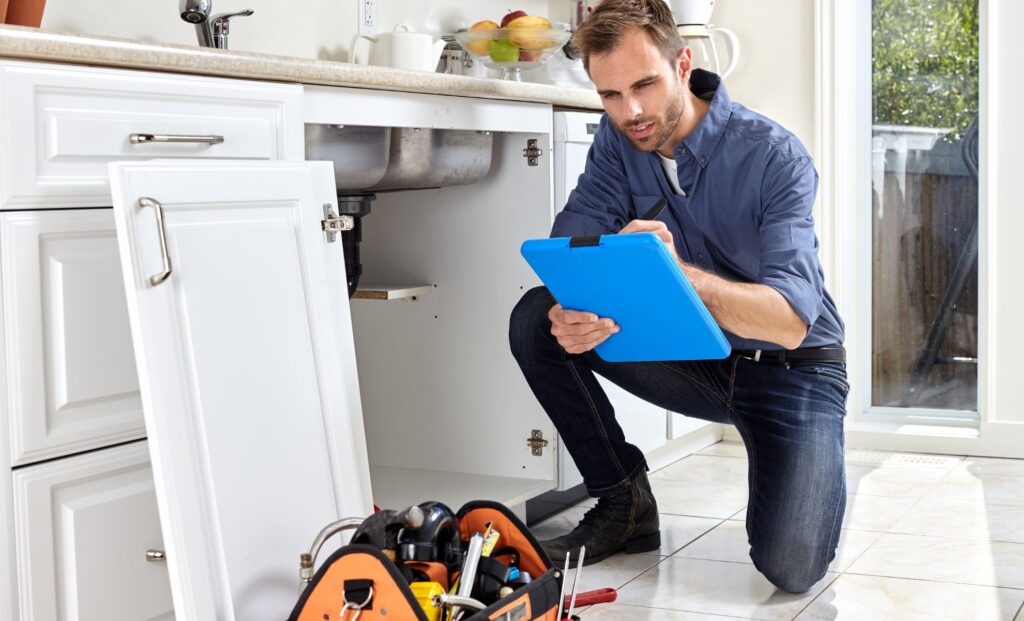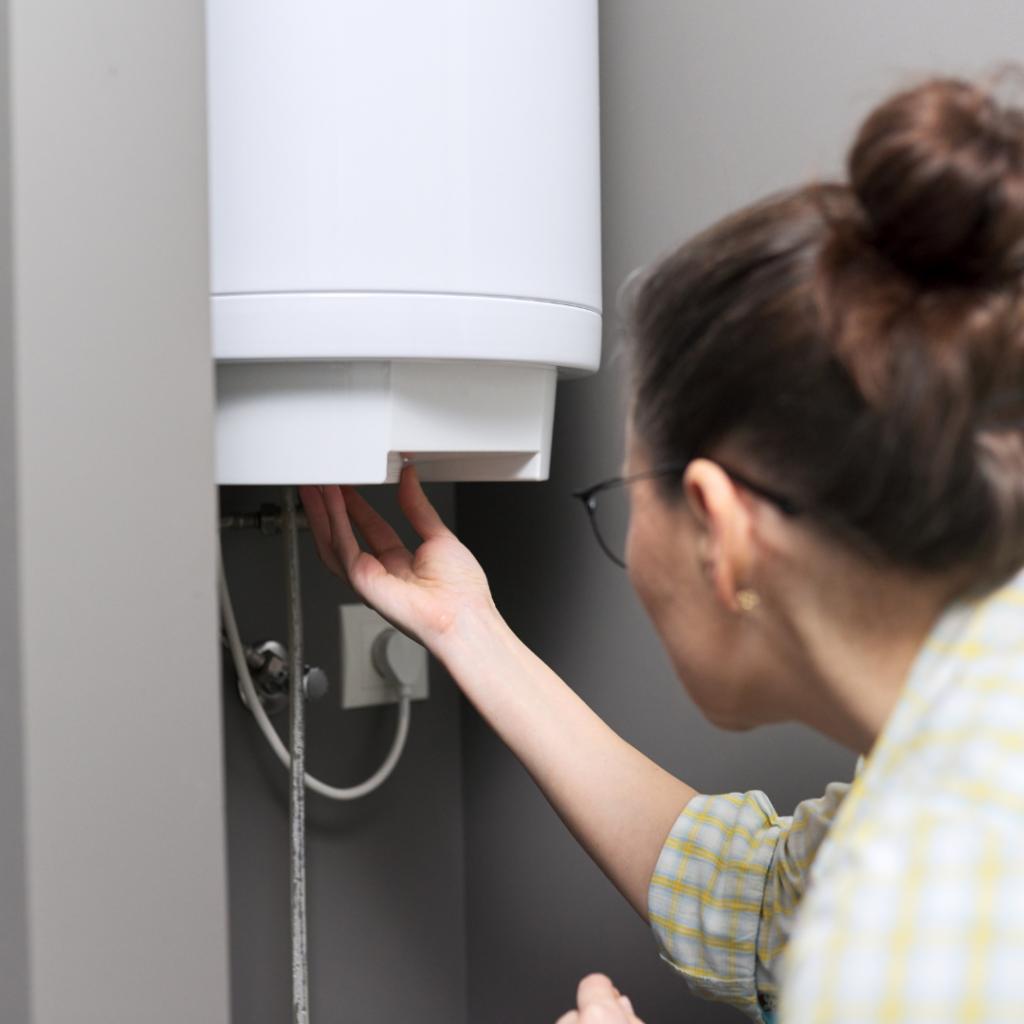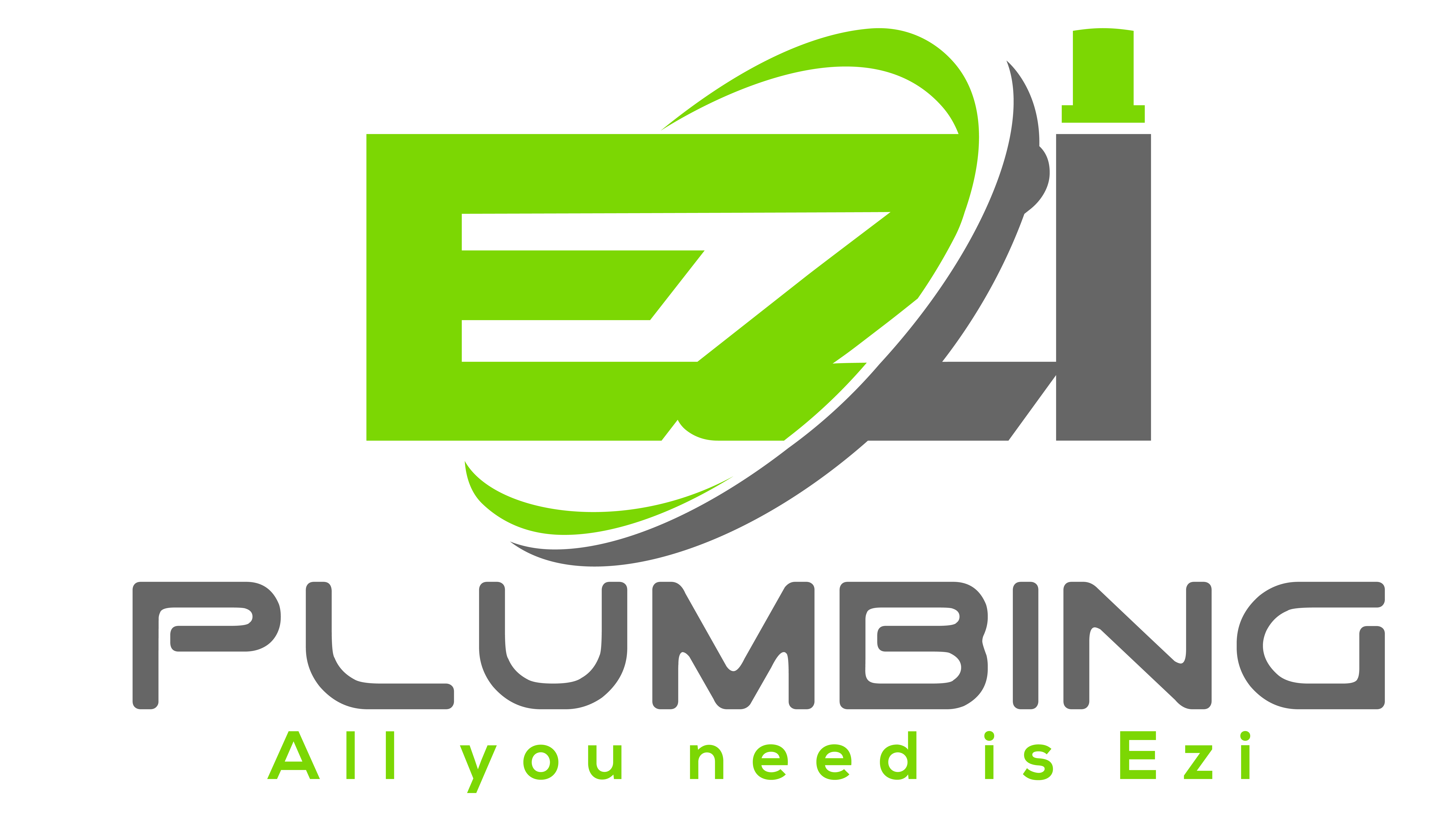Welcome to our guide on navigating the intricate world of plumbing permits and regulations! Plumbing is an essential aspect of any building, ensuring that water flows smoothly and waste is safely disposed of. However, behind the scenes of every successful plumbing project lies a maze of permits and regulations that must be navigated with care. In this comprehensive exploration, we will delve into the fundamental importance of plumbing permits, decipher the complex web of regulations governing plumbing installations, and offer valuable insights into how to streamline the permit acquisition process. Whether you’re a homeowner embarking on a DIY plumbing project or a professional contractor navigating the bureaucratic landscape, understanding the ins and outs of plumbing permits and regulations is crucial for ensuring compliance, safety, and the successful completion of your project. Join us as we unravel the complexities and empower you to confidently navigate the world of plumbing permits and regulations.
Understanding Plumbing Permits: A Beginner’s Guide

- What are Plumbing Permits?: Plumbing permits are legal documents that grant approval for plumbing installations, repairs, or alterations. They ensure that plumbing work complies with safety and building codes, protecting public health and safety.
- How to Obtain Plumbing Permits: To obtain a plumbing permit, you typically need to submit an application to your local building department or authority. The application may require detailed information about the proposed plumbing work, including plans, specifications, and contractor information.
- Types of Plumbing Permits: There are various types of plumbing permits depending on the scope of work. These may include permits for new installations, alterations, repairs, or replacements. Make sure to obtain the appropriate permit for your project.
- Understanding Plumbing Regulations: Plumbing regulations vary by location but generally cover aspects such as pipe materials, fixture types, drainage systems, and venting requirements. Familiarize yourself with local plumbing codes to ensure compliance.
- Benefits of Compliance: Compliance with plumbing permits and regulations ensures that your plumbing work is safe, reliable, and durable. It also helps prevent costly fines, penalties, or delays associated with non-compliance.
Common Mistakes to Avoid When Obtaining Plumbing Permits
Navigating the process of obtaining plumbing permits can be a daunting task, especially for those who are new to it. However, understanding and adhering to permit requirements is crucial to ensure that your plumbing projects are legal, safe, and successful. In this guide, we’ll explore some common mistakes to avoid when obtaining plumbing permits, helping you streamline the process and avoid costly delays.
Failing to Research Local Regulations

One of the biggest mistakes homeowners and contractors make is assuming that permit requirements are the same everywhere. In reality, permit regulations can vary significantly from one jurisdiction to another. Before starting your project, take the time to research and understand the specific permit requirements in your area. This will save you from headaches and potential fines later on.
Not Obtaining the Necessary Permits
Some homeowners may attempt to skip the permit process altogether, either out of ignorance or to save time and money. However, doing so is a risky gamble that can have serious consequences. Plumbing permits are in place to ensure that work is done safely and up to code. Failing to obtain the necessary permits can result in fines, forced removal of work, or even legal action.
Incomplete or Inaccurate Documentation
When applying for plumbing permits, you’ll typically need to submit detailed plans and documentation outlining the scope of the project. One common mistake is submitting incomplete or inaccurate documentation, which can lead to delays in the permit approval process. Take the time to double-check your paperwork before submitting it, ensuring that it is thorough, accurate, and meets all requirements.
Ignoring Inspection Requirements
Obtaining a permit is only the first step—most plumbing projects also require inspections at various stages of completion. Ignoring or neglecting these inspection requirements is a common mistake that can result in permit violations and additional fees. Be sure to schedule and pass all required inspections to stay in compliance with permit regulations.
Working with Unlicensed Contractors
Hiring an unlicensed contractor may seem like a cost-effective option, but it can lead to numerous complications when it comes to obtaining permits. In many areas, only licensed contractors are permitted to pull permits for plumbing work. Working with an unlicensed contractor can not only jeopardize your ability to obtain permits but also put you at risk of subpar workmanship and legal issues.
Top Tips for Streamlining the Plumbing Permit Process
Navigating the plumbing permit process can often be a daunting task, but with the right approach, you can streamline the experience and ensure that your project moves forward efficiently. From understanding the necessary documentation to communicating effectively with local authorities, here are some top tips for simplifying the plumbing permit process:
- Research Local Regulations: Before diving into the permit process, take the time to research the specific plumbing regulations and requirements in your area. Every jurisdiction may have its own set of rules governing plumbing installations and repairs. Understanding these regulations upfront will help you avoid delays and ensure that your project remains compliant from the start.
- Plan Ahead: Proper planning is key to streamlining the permit process. Start by mapping out your plumbing project in detail, including the scope of work, materials needed, and timeline for completion. Having a clear plan in place will make it easier to gather the necessary documentation and communicate your intentions to local authorities.
- Gather Required Documentation: One of the most common reasons for permit delays is incomplete or inaccurate documentation. Before submitting your permit application, double-check that you have all the required paperwork in order. This may include detailed project plans, engineering drawings, product specifications, and proof of licensure for any contractors involved.
- Use Online Resources: Many municipalities now offer online permitting systems, allowing you to apply for permits and track the status of your application from the comfort of your own home. Take advantage of these digital resources to streamline the permit process and minimize the need for in-person visits to government offices.
- Communicate Effectively: Building a positive relationship with local building officials and inspectors can go a long way in expediting the permit process. Be proactive in reaching out to relevant authorities to clarify any questions or concerns they may have about your project. Clear and timely communication will help to build trust and cooperation throughout the permitting process.
Conclusion
Navigating the intricate landscape of plumbing permits and regulations is essential for ensuring compliance and success in the plumbing industry. At EZI Plumbing, we understand the significance of adhering to local guidelines and regulations to deliver safe and reliable plumbing services to our clients in Chain Valley Bay, NSW, Australia. By prioritizing transparency, communication, and staying abreast of evolving regulations, we guarantee our commitment to professionalism and quality craftsmanship. Contact us at +61 448467788 to experience firsthand our dedication to navigating the complexities of plumbing permits and regulations for your peace of mind.

